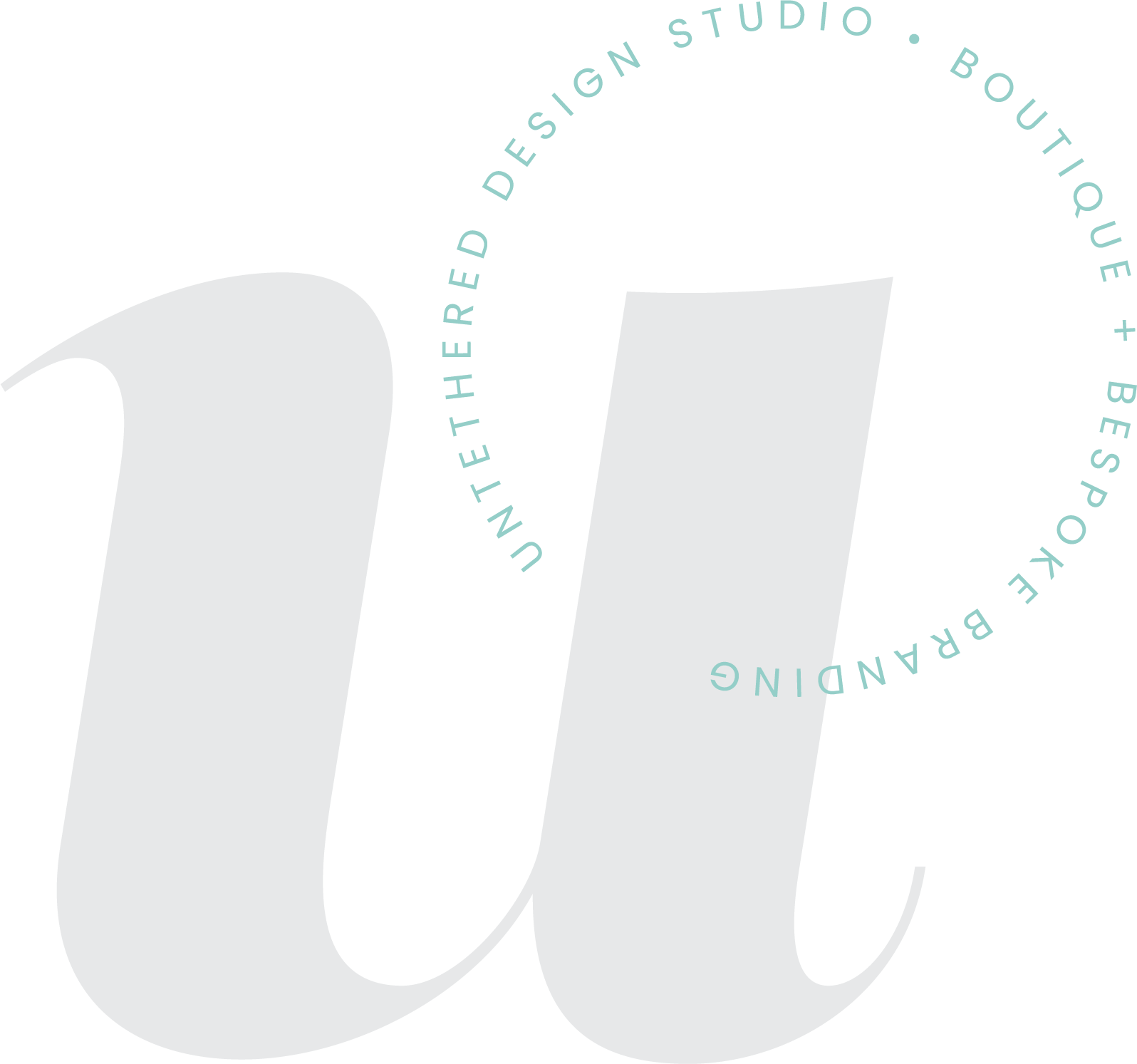6 best tips for making a mood board
Crafting a mood board can be a crucial aspect of any pre-design process because it’s a quick and effective way to set the graphic and emotional tones of a project.
In case you’re not sure, a mood board (or vision board or inspiration board) is simply a collage of imagery that conveys the overall look, feel, personality and identity for a particular collaboration or event — very handy when you’re having a hard time presenting or expressing your vision and ideas. Most people use a mix of photos, colors, words/quotes, typefaces, textures, patterns, illustrations and more to showcase a variety of visuals that will inspire and give life to a larger design concept.
It doesn’t matter whether you are focused on your branding, a website, a brochure or ad campaign. A mood board can be created for literally anything! It can even be used when you’re planning to renovate a room in your house and you want to curate the colors, style and vibes before you buy that first can of paint, carpet, trim or fixtures.
Without further ado, let’s dive into 6 best tips for making a mood board for your next big project!
Physical or digital? Mood boards can be crafted either way — that’s the fun part! Decide what works best for you and the particular project that you’re working on. If you want to go the “old school” route, cut out imagery from magazines and paste them to a poster or canvas, go for it! And, if you want to put your puzzle pieces together digitally, you can use Adobe programs like Illustrator or Photoshop, to drop your imagery into various shapes, organized by lines — in a grid-like format. If you’re not very Adobe-savvy, no fear! I’ve included links to a couple of good online resources and mood board generators that can come to the rescue:
Canva Mood Board — Canva offers countless templates that you can play with. If you’re not already using Canva, you can sign up for a free account. It’s easy and user-friendly!
Milanote — This is another website through which you can grab a free account. You can use their pre-made templates or design your own, as well as use their pre-loaded imagery or upload your own. They take it one step further and even allow you to upload videos and animated GIFs, so that your boards can be really modern and dynamic!
Plan with Pinterest — If you’re designing a digital mood board, you can create boards and save pins that resonate with you, save them to a folder on your desktop — and then add them to your mood board(s) later. (Or, print them off for your physical board!) Pinterest makes it easy to find specific types of images, so that you’re not spending a lot of time searching Google (even though, you can totally use Google, too.) Again, try to collect a mix of photos, colors, quotes and textures that will really capture and express the essence of your design’s identity.
Think emotional, not just literal — Something important to keep in mind is not just using images that physically represent your brand (or any other design initiative.) Think “mood” after all! What feelings do you want to express? Colorful, youthful, vibrant, bold? Light, whimsical, fresh, airy? Sleek, sophisticated, elegant, chic? Whatever the direction, especially be sure to include colors that speak to these emotions — that will make someone truly feel something.
Consider your audience — Don’t just create a mood board with no clear direction or messaging in mind. Think about the project that you’re using the mood board to inspire and think about the audience who will be experiencing it. Don’t just put a collage together of random photos, text and colors that don’t make any sense. Have some rhyme and reason to the overall “puzzle” that you’re piecing together. This idea goes back to thinking about the emotional aspects of the board — be clear on who you’re speaking to and what about.
Create at least 3 — There really are no rules, but I like to create at least 3 different mood boards initially (all using the same overall look and feel) and then take the best combination of imagery from each and make (1) really strong one. Tweak your board until it’s a good representation and expression of your design vision.
Only use it for inspiration — Remember that if you’re pulling images from Pinterest, Google and even from publications — they have copyrights. Putting together a mood board should be strictly kept for the “conceptual” phase of your design project — and not for anything that is publicly distributed, shared or published. For example, I would be careful about not sharing it on your blog or website. I normally only share a mood board 1:1 privately, with a client. I’m not a lawyer and suggest consulting one if you have questions! Just be aware of the legal and illegal uses of imagery that belong to other people.


